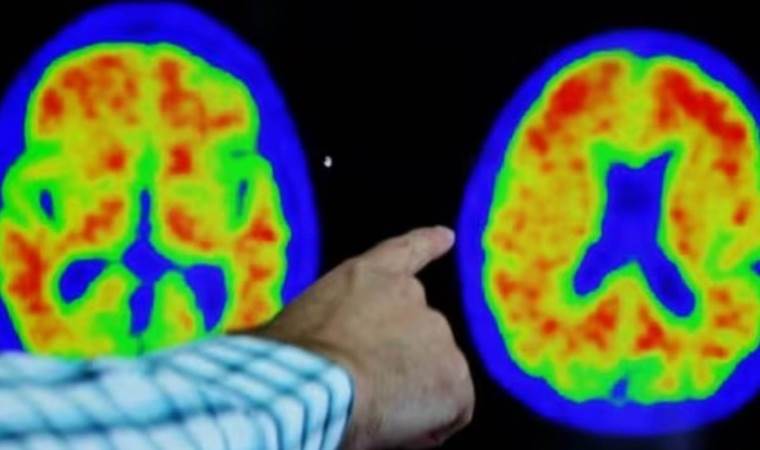Research: Early detection of Alzheimer's symptoms is possible
A new study has found that Alzheimer's disease, which poses a threat to over 5 million people in Turkey, can be detected before significant damage occurs.

According to the research, wearing a device on the wrist could help identify early warning signs of Alzheimer’s disease before it leads to severe cognitive decline.
Alzheimer's disease affects approximately 7.5% of Turkey's population, putting over 5 million individuals at risk. Devices known as actigraphs, which resemble watches, monitor the daily activity patterns of their users.
The study conducted by scientists at the Johns Hopkins Bloomberg School of Public Health analyzed the movement data of 82 cognitively healthy older adults with an average age of 76 who participated in a long-term aging study, as reported by Newsweek.
Participants who wore the watch-like device continuously for a week also underwent a PET scan. This process revealed that 25 participants had an accumulation of amyloid beta protein in their brains, a hallmark of Alzheimer's disease.
The actigraph watches uncovered significant differences in activity patterns between individuals with and without amyloid accumulation. Notably, adults positive for amyloid tended to be more active in the afternoon compared to those who were amyloid negative.
These findings support earlier research, indicating that actigraphs could be useful in detecting early signs of Alzheimer's before significant cognitive impairments emerge.
Researchers suggest that by wearing these devices throughout the day, people can monitor their sleep and wakefulness activities. Those with abnormal patterns could then consult their doctors for more in-depth Alzheimer’s screening.
Abnormal sleep patterns are considered potential early indicators of Alzheimer's disease. Experts believe that changes in the brain associated with Alzheimer's can affect a person's circadian rhythm, determining how sleepy or awake they feel. Sleep deprivation can also contribute to amyloid accumulation, creating a vicious cycle.
Although the development of Alzheimer's disease is not fully understood, studies have shown that amyloid plaques and tangles begin to accumulate in the brain one to twenty years before a diagnosis is made. Treatments aimed at slowing the progression of the disease are more effective when administered earlier.


